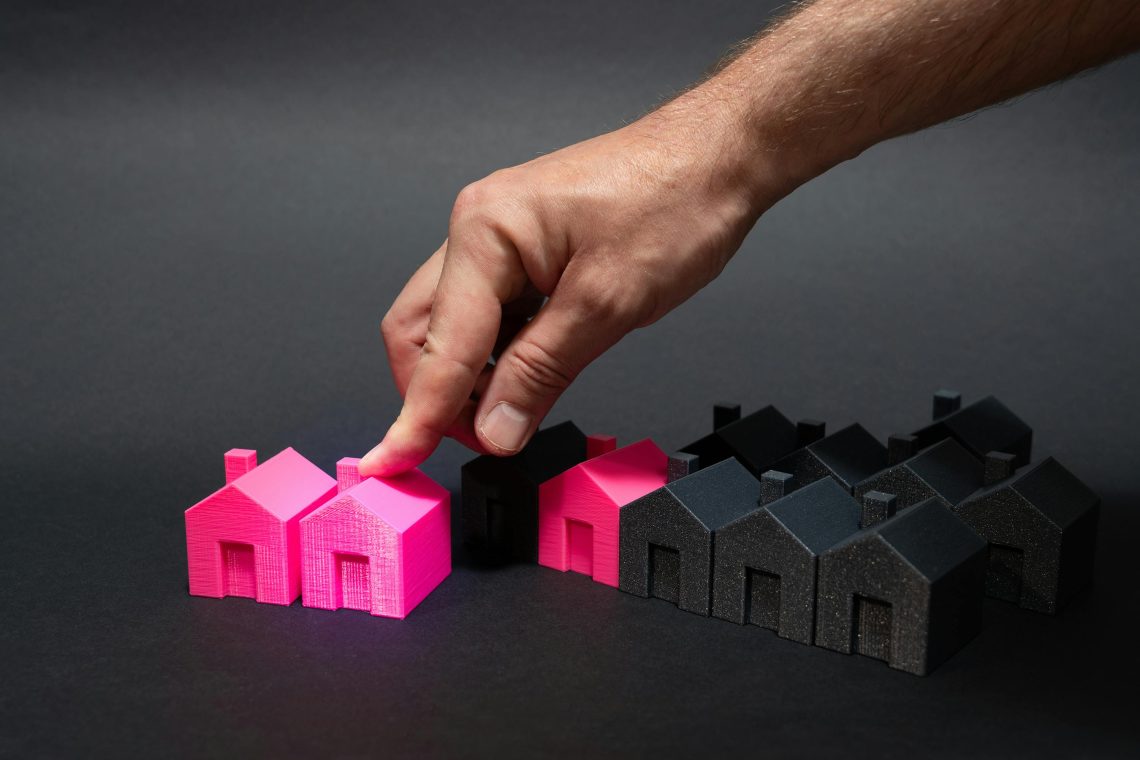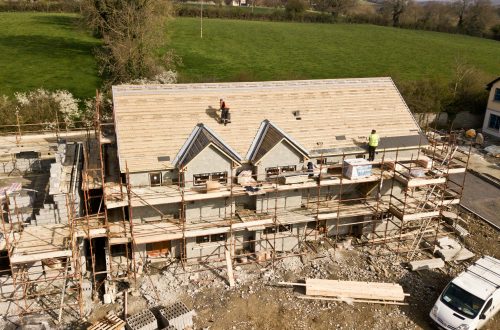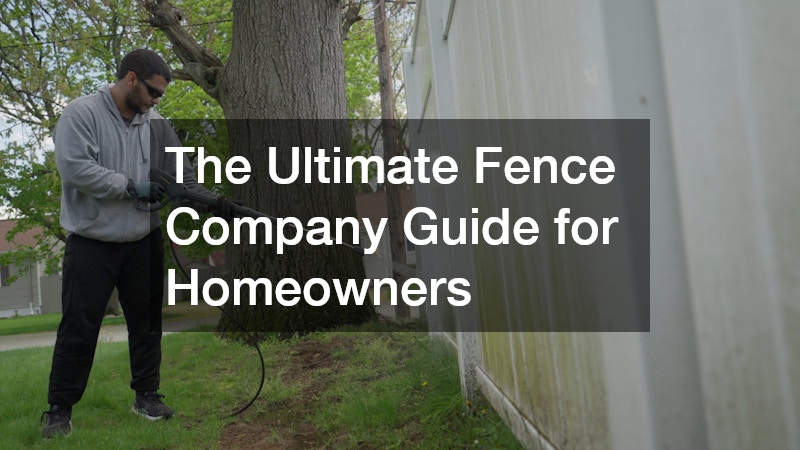- Building a home offers complete customization, modern features, and low initial maintenance, but comes with higher upfront costs and longer timelines.
- Buying an existing home is faster, more convenient, and often located in established neighborhoods, though customization options are limited and repairs may be needed.
- Cost comparison: building typically requires higher upfront investment (land, construction, permits), while buying may have lower initial costs but potential hidden expenses for repairs or upgrades.
- Timeline matters: building can take 6–18 months, whereas buying usually allows move-in within 30–60 days, though renovations can extend this.
- Lifestyle and location should guide the decision—consider family size, commute, amenities, and future resale potential.
- Environmental and energy efficiency factors: building allows for modern, sustainable systems from the start, while older homes may need retrofitting.
Deciding between building a new home or buying an existing one is one of the most significant decisions a homeowner can make. Both options have unique advantages, challenges, and long-term considerations. Whether you’re a first-time buyer, upgrading, or downsizing, understanding the differences between building vs buying a home will help you make a choice you won’t regret.
This guide dives deep into the pros and cons of both options, cost breakdowns, timelines, lifestyle factors, environmental impacts, and answers the most frequently asked questions to help you decide.
What Does It Mean to Build a Home?
Building a home means creating a property from scratch, often on land you already own or plan to purchase. This process involves working closely with architects, builders, interior designers, and often landscape professionals to create a space tailored to your needs, style, and long-term goals.
Pros of Building Your Own Home
- Complete Customization: You can design every aspect of your home, from floor plans to finishes. Want a multi-purpose home office or a chef-style kitchen? It’s all possible. Customization allows you to align your home with your lifestyle now and into the future.
- Modern Features and Technology: New builds allow you to incorporate energy-efficient appliances, smart home systems, advanced HVAC systems, and sustainable building materials. This can reduce utility bills and environmental impact over time.
- Low Maintenance in Early Years: Everything—from plumbing and electrical systems to roofing and insulation—is brand new. This typically means fewer repairs during the first 5–10 years, reducing stress and unexpected expenses.
- Personal Satisfaction: Many homeowners feel a unique sense of pride and accomplishment in creating a space from scratch that perfectly fits their taste and lifestyle.
Cons of Building a Home
- Higher Upfront Costs: Building requires significant investment in land, permits, construction, and design fees. Unforeseen costs like soil issues, regulatory changes, or material price increases can add up quickly.
- Longer Timeline: From planning to move-in, a build can take anywhere from 6 months to over a year depending on the size, complexity, and local regulations. Delays due to weather, inspections, or contractor schedules are common.
- Decision Overload: Building involves making dozens of choices—from flooring to lighting to paint colors. For some, this level of decision-making can be overwhelming.
- Construction Stress: Coordinating with multiple contractors, managing budgets, and addressing unexpected construction challenges can be stressful.
Real-World Example
Imagine wanting a home with an expansive kitchen island, custom cabinetry, and a sunroom. Building allows you to integrate these features seamlessly. In contrast, buying an existing home with these exact specifications might be nearly impossible without a costly renovation.
What Does It Mean to Buy a Home?

Buying a home involves purchasing an existing property, either new or previously owned. With this option, you generally move in once the transaction is complete, with minimal delay.
Pros of Buying an Existing Home
- Convenience and Speed: Purchasing an existing home is typically faster than building, often taking just 30–60 days from offer acceptance to closing.
- Established Neighborhoods: Older homes are often located in well-developed areas with access to schools, parks, shopping centers, and public transportation.
- Lower Initial Stress: You can see exactly what you’re getting and avoid the stress of managing construction projects or design decisions.
- Negotiation Opportunities: Depending on the market, buyers may negotiate price, closing costs, or request certain repairs from the seller.
Cons of Buying an Existing Home
- Limited Customization: While renovations are possible, major structural changes can be expensive, time-consuming, and sometimes impractical.
- Maintenance and Upkeep: Older homes may require immediate repairs or upgrades, including plumbing, electrical, roofing, or HVAC systems.
- Hidden Issues: Some problems—like foundation cracks, outdated wiring, or mold—may not be apparent until after purchase.
- Energy Efficiency Concerns: Older homes may not meet modern energy standards, resulting in higher heating, cooling, and maintenance costs.
Real-World Example
Buying an older home in a prime location could mean you’re immediately close to top-rated schools and amenities. However, you might need to replace the roof, upgrade insulation, or install energy-efficient windows to match modern living standards.
How Do Costs Compare Between Building vs Buying a Home?
Cost is often a primary factor when deciding between building vs buying a home. Let’s break down typical expenses for each option.
Building a Home
- Land Purchase: Land cost varies widely depending on location, size, and zoning restrictions.
- Construction Costs: Includes materials, labor, permits, and contractor fees. The cost depends on home size, finishes, and regional labor rates.
- Additional Expenses: Landscaping, driveways, utility hookups, fencing, and exterior features are often separate from the core construction cost.
- Unexpected Costs: Weather delays, design changes, and permit issues can cause additional expenses. It’s recommended to budget 10–15% extra for unforeseen costs.
Buying a Home
- Purchase Price: Typically the largest cost, and often negotiable depending on the market.
- Closing Costs: Include appraisal fees, inspections, insurance, and taxes.
- Immediate Repairs or Renovations: Older homes may require updates such as flooring replacement, painting, or kitchen/bathroom upgrades.
- Long-Term Value: Homes in established neighborhoods may appreciate faster than new builds in undeveloped areas.
Quick Comparison Table
| Feature | Building a Home | Buying a Home |
| Upfront Costs | Higher | Lower to moderate |
| Customization | High | Limited |
| Maintenance | Low initially | May require updates |
| Timeline | 6–18 months | 30–60 days (plus renovations) |
| Neighborhood Amenities | May be limited initially | Usually well-established |
How Long Does Each Option Take?
Time is another critical consideration.
- Building: The timeline depends on design complexity, permit approvals, weather, and contractor schedules. Most new builds take 6–18 months from initial planning to move-in.
- Buying: Purchasing an existing home is generally faster. The closing process takes 30–60 days after the offer is accepted, although renovations or repairs may extend the timeline.
If you need to move quickly, buying is often the best option. If you value customization and modern features, building is worth the wait.
Location Considerations
Location plays a significant role in both options.
- Building: Land availability may limit your choice of neighborhoods. New developments may lack schools, shopping centers, or public transportation initially.
- Buying: Older homes in established neighborhoods provide immediate access to amenities, but prices may be higher due to demand.
Key Tip
Consider long-term growth potential. A newly built home in an upcoming area might increase in value over time, while an older home in a stable neighborhood offers predictability.
Customization vs Move-In Ready
One of the biggest differences between building vs buying a home is the level of customization.
- Building: From layouts to fixtures to eco-friendly systems, building allows for full personalization.
- Buying: While cosmetic changes are possible, structural changes can be costly, time-consuming, and sometimes restricted by local regulations.
Example Bullet Points
- Want an open-concept kitchen and dining space? Easier to design from scratch.
- Prefer a home office with built-in shelves and soundproofing? Building allows this from the start.
- Need energy-efficient windows and insulation? Easier to install during construction.
- Like a specific exterior design? Building offers complete control over appearance.
Lifestyle Factors to Consider

Your lifestyle and future plans heavily influence the decision.
- Family Size: Families anticipating growth may prefer the flexibility of a custom-built home.
- Work Commute: Buying in an established neighborhood may reduce commute times.
- Hobbies and Space: Building allows for dedicated spaces like gyms, studios, or home offices.
- Resale Potential: Homes in desirable neighborhoods may have better long-term resale value, while highly customized builds may appeal to a smaller market.
Environmental and Energy Considerations
Sustainability is increasingly important for homeowners.
- Building: You can incorporate energy-efficient appliances, solar panels, and water-saving systems from day one.
- Buying: Older homes may need retrofitting to meet modern energy standards, which can be expensive and disruptive.
Financing Options
Understanding financing is crucial when evaluating building vs buying a home.
- Building a Home: Often financed with a construction loan, which converts to a mortgage after completion. Lenders require detailed plans, builder contracts, and cost breakdowns.
- Buying a Home: Typically financed with a standard mortgage. Pre-approval, home inspections, and credit checks are key steps to securing favorable terms.
Common Questions About Building vs Buying a Home
Which Option is Best for First-Time Buyers?
First-time buyers often lean toward existing homes due to convenience, lower initial stress, and quicker move-in. However, if customization and long-term efficiency are priorities, building may be a worthwhile investment.
Is Building Always More Expensive Than Buying?
Not always. While upfront costs are usually higher for building, careful planning, material selection, and energy-efficient systems can balance long-term expenses.
How Do I Decide Between Location and Customization?
Consider your priorities:
- Need a specific neighborhood? Buying is likely the better choice.
- Want a home that matches your exact style and modern efficiency? Building offers more control.
Tips for Making the Decision
- Assess Your Budget: Include land, construction, repairs, and renovations.
- Consider Your Timeline: How soon do you need to move? How flexible is your schedule?
- Prioritize Features: Identify must-haves versus nice-to-haves.
- Research Locations: Compare neighborhoods, amenities, and long-term growth potential.
- Consult Experts: Builders, real estate agents, and financial advisors provide valuable insights.
- Think Long-Term: Consider resale value, maintenance, and lifestyle changes over 5–10 years.
- Plan for Contingencies: Always budget for unexpected costs or delays.
Conclusion: Finding the Right Fit
Choosing between building vs buying a home is highly personal. Both paths have advantages and challenges, and the right choice depends on your budget, lifestyle, and long-term goals.
- Building is perfect for homeowners seeking full customization, modern features, and low maintenance in the early years—but requires patience and careful planning.
- Buying is ideal for those prioritizing convenience, established neighborhoods, and a quicker move-in, though customization may be limited and repairs may be needed.
By carefully weighing the pros, cons, costs, and timelines, you can make a well-informed decision that meets your needs today and supports your lifestyle in the future.




